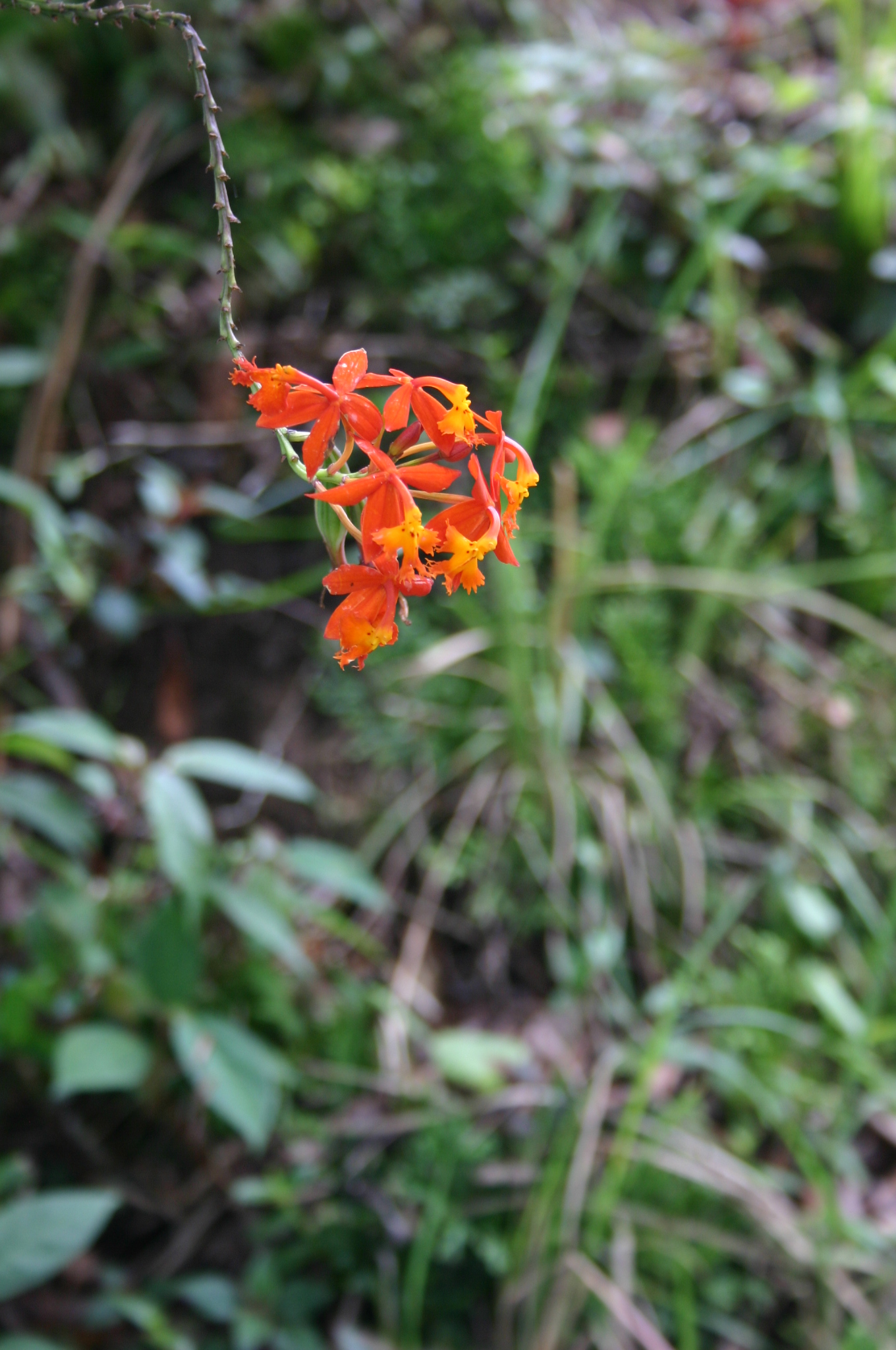|
United States Botanic Garden
The United States Botanic Garden (USBG) is a botanical garden on the grounds of the United States Capitol in Washington, D.C., near the James A. Garfield Monument. The Botanic Garden is supervised by the United States Congress, Congress through the Architect of the Capitol, who is responsible for maintaining the grounds of the United States Capitol. The USBG is open every day of the year, including federal holidays. The garden is the oldest continually-operating botanic garden in the United States. History The Columbian Institute for the Promotion of Arts and Sciences in Washington, DC first suggested the creation of the Botanic Garden in 1816. In 1820 it was given land by an act of Congress. The land was located west of the Capitol extending from First Street to Third Street between Pennsylvania and Maryland Avenues. The facility ceased to operate in 1837 when the society stopped holding meetings. However it was re-instituted in 1842 when the Wilkes expedition of the South ... [...More Info...] [...Related Items...] OR: [Wikipedia] [Google] [Baidu] |
Botanical Garden
A botanical garden or botanic gardenThe terms ''botanic'' and ''botanical'' and ''garden'' or ''gardens'' are used more-or-less interchangeably, although the word ''botanic'' is generally reserved for the earlier, more traditional gardens. is a garden with a documented collection of living plants for the purpose of scientific research, conservation, display, and education. It is their mandate as a botanical garden that plants are labelled with their botanical names. It may contain specialist plant collections such as cactus, cacti and other succulent plants, herb gardens, plants from particular parts of the world, and so on; there may be greenhouse, glasshouses or shadehouses, again with special collections such as tropical plants, alpine plants, or other exotic plants that are not native to that region. Most are at least partly open to the public, and may offer guided tours, public programming such as workshops, courses, educational displays, art exhibitions, book rooms, op ... [...More Info...] [...Related Items...] OR: [Wikipedia] [Google] [Baidu] |
Plant
Plants are the eukaryotes that form the Kingdom (biology), kingdom Plantae; they are predominantly Photosynthesis, photosynthetic. This means that they obtain their energy from sunlight, using chloroplasts derived from endosymbiosis with cyanobacteria to produce sugars from carbon dioxide and water, using the green pigment chlorophyll. Exceptions are parasitic plants that have lost the genes for chlorophyll and photosynthesis, and obtain their energy from other plants or fungi. Most plants are multicellular organism, multicellular, except for some green algae. Historically, as in Aristotle's biology, the plant kingdom encompassed all living things that were not animals, and included algae and fungi. Definitions have narrowed since then; current definitions exclude fungi and some of the algae. By the definition used in this article, plants form the clade Viridiplantae (green plants), which consists of the green algae and the embryophytes or land plants (hornworts, liverworts ... [...More Info...] [...Related Items...] OR: [Wikipedia] [Google] [Baidu] |
Stanhopea
''Stanhopea'' is a genus of the orchid family (Orchidaceae) from Central America, Central and South America. The abbreviation used in horticultural trade is ''Stan.'' The genus is named for the Philip Henry Stanhope, 4th Earl Stanhope, 4th Earl of Stanhope (Philip Henry Stanhope) (1781-1855), president of the Medico-Botanical Society of London (1829-1837). It comprises 55 species and 5 natural hybrids. These epiphyte, epiphytic, but occasionally terrestrial plant, terrestrial orchids can be found in damp forests from Mexico to Trinidad to NW Argentina. Their ovate pseudobulbs carry from the top one long, plicate, elliptic leaf. ''Stanhopea'' is noted for its complex and usually fragrant flowers that are generally spectacular and short-lived. Their pendant inflorescences are noted for flowering out of the bottom of the containers in which they grow, lending themselves to culture in baskets that have enough open space for the inflorescence to push through. They are sometimes calle ... [...More Info...] [...Related Items...] OR: [Wikipedia] [Google] [Baidu] |
Epidendrum
''Epidendrum'' , abbreviated Epi in the horticultural trade, is a large neotropical genus of the orchid family. With more than 1,500 species, some authors describe it as a mega-genus. The genus name (from Greek language, Greek ''επί, epi'' and ''δένδρον, dendron'', "upon trees") refers to its epiphyte, epiphytic growth habit. When Carl Linnaeus named this genus in 1763, he included in this genus all the epiphytic orchids known to him. Although few of these orchids are still included in the genus ''Epidendrum'', some species of ''Epidendrum'' are nevertheless not epiphytic. Distribution and ecology They are native to the tropics and subtropics, subtropical regions of the Americas, American continents, from North Carolina to Argentina. Their habitat can be epiphyte, epiphytic, terrestrial (such as ''Epidendrum fulgens, E. fulgens''), or even lithophytic (growing on bare rock, such as ''Epidendrum calanthum, E. calanthum'' and ''Epidendrum saxatile, E. saxa ... [...More Info...] [...Related Items...] OR: [Wikipedia] [Google] [Baidu] |
Cattleya
''Cattleya'' () is a genus of orchids from Costa Rica south to Argentina. The genus is abbreviated C in trade journals. Description Epiphyte, Epiphytic or terrestrial orchids with cylindrical rhizome from which the fleshy noodle-like roots grow. Pseudobulbs can be conical, spindle-shaped or cylindrical; with upright growth; one or two leaves growing from the top of them. The leaves can be oblong, lanceolate or elliptical, somewhat fleshy, with smooth margin. The inflorescence is a terminal raceme with few or several flowers. Flowers have sepals and petals free from each other; the Labellum (botany), lip or labellum (lowermost petal), usually has a different coloration and shape from the rest of the flower and covers in part the Column (botany), flower column forming a tube. There are four pollinia (bag-like organs that contain pollen). The fruit is a capsule with many small seeds.Schweinfurth, C., "Orchidaceae, Orchids of Peru", ''Fieldiana, Botany'' 30(3): 535 Taxonomy The ... [...More Info...] [...Related Items...] OR: [Wikipedia] [Google] [Baidu] |


